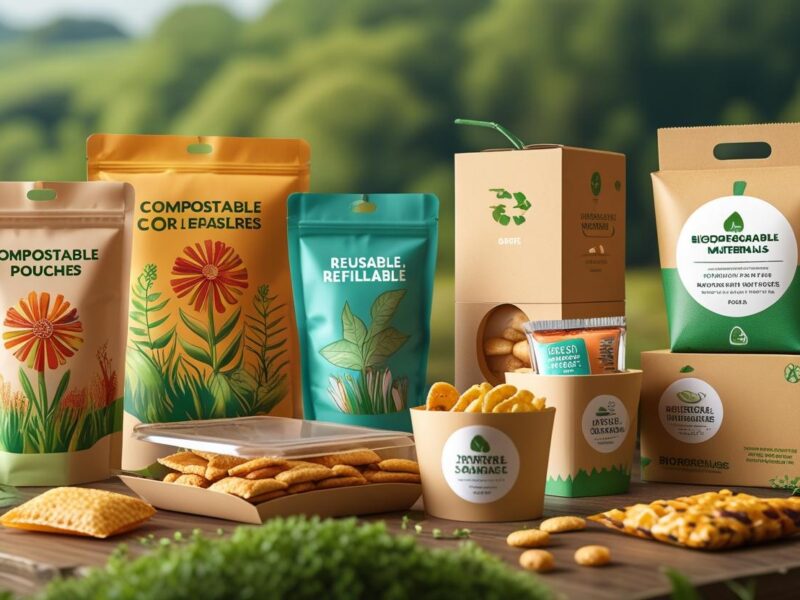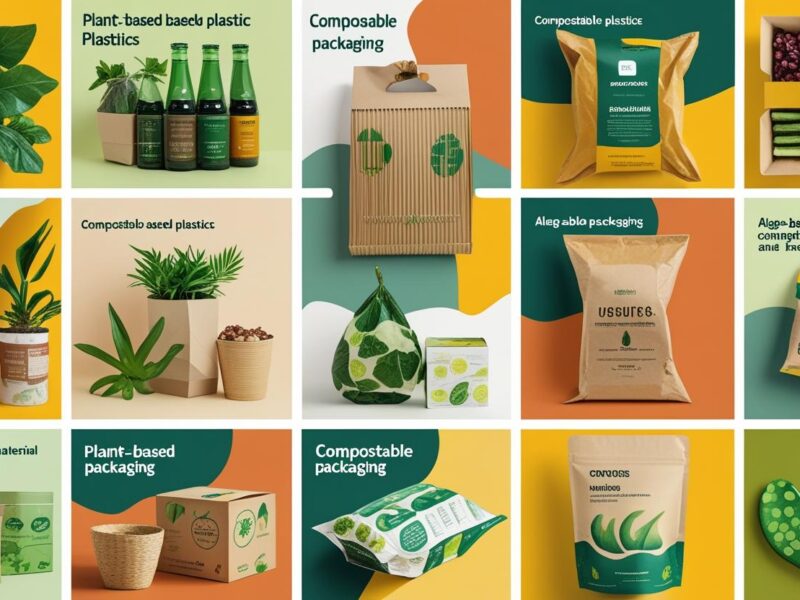Discover how to choose the best outdoor compost bin, maximize composting efficiency, and create nutrient-rich soil for your garden. Start composting today!

Why an Outdoor Compost Bin is Essential for Sustainable Living
Composting is one of the simplest yet most effective ways to reduce waste and enrich your garden soil. An outdoor compost bin is an essential tool for anyone looking to manage organic waste responsibly while improving their yard’s health. Whether you’re a seasoned gardener or just beginning your eco-friendly journey, understanding how an outdoor compost bin works and selecting the right type can make your composting process more efficient.
In this comprehensive guide, we’ll explore everything you need to know about outdoor compost bins. From the different types available to practical tips on how to get the best results, this article will equip you with the knowledge to start composting and reap the rewards of nutrient-rich soil.
What is an Outdoor Compost Bin?
An outdoor compost bin is a container used to manage the decomposition of organic waste, such as food scraps, grass clippings, leaves, and other biodegradable materials. The bin helps control the composting environment, keeping the process neat, efficient, and organized. These bins vary in design, but all work by providing the necessary conditions—oxygen, moisture, and heat—for the microorganisms that break down organic materials.
Composting transforms waste into humus, a dark, nutrient-rich material that can be used to improve soil health and promote plant growth.
Different Types of Outdoor Compost Bins
Choosing the right compost bin for your needs is crucial to successful composting. There are several types of outdoor compost bins, each suited to different preferences and levels of experience. Let’s explore the most common types:
Traditional Compost Bins
Traditional compost bins are simple, stationary containers designed to hold organic waste as it breaks down. These bins come in various materials, such as plastic, wood, and metal, and are usually equipped with ventilation holes for airflow.
Pros:
- Affordable and easy to use
- Can be made from recycled materials
- Good for small to medium-sized composting projects
Cons:
- Requires manual turning of the compost to maintain aeration
- Can take longer for compost to break down without frequent intervention
Tumbling Composters
Tumbling composters are a more advanced option. These bins are mounted on a frame and can be rotated easily. The ability to turn the compost regularly accelerates the decomposition process by ensuring even airflow and heat distribution.
Pros:
- Faster composting due to frequent mixing
- Easy to turn the contents without manual effort
- Odor-free if used properly
Cons:
- More expensive than traditional bins
- Can be challenging to manage large quantities of compost
Worm Compost Bins (Vermicomposting)
Worm composting uses red wigglers to break down organic waste into nutrient-rich worm castings. These bins are typically multi-layered, allowing you to add fresh scraps at the top while harvesting finished compost from the bottom layers.
Pros:
- Produces high-quality compost (worm castings)
- Great for small-scale composting in gardens or apartments
- Low-maintenance once established
Cons:
- Not suitable for larger volumes of organic waste
- Requires careful monitoring of moisture and temperature to keep worms healthy
Compost Piles or Heaps
A compost pile or heap is one of the simplest ways to compost. It involves gathering organic waste in a designated outdoor area and turning it regularly to maintain airflow. This method doesn’t require a bin, but it can be less tidy and slower than using a container.
Pros:
- Free and easy to set up
- Ideal for large quantities of organic waste
- No need for special equipment
Cons:
- Can be messy and unsightly
- Requires regular turning and monitoring to ensure proper decomposition

How Does an Outdoor Compost Bin Work?
Outdoor compost bins create the optimal conditions for the decomposition of organic waste. Here’s how the process works:
- Organic Materials Breakdown: Organic waste, such as food scraps, yard trimmings, and paper products, break down into smaller pieces through a combination of microbial and insect activity. This is primarily an aerobic (oxygen-dependent) process.
- Aeration: Airflow is essential for composting. A lack of oxygen can lead to anaerobic decomposition, which is slow and smelly. Compost bins are designed with ventilation holes or slats to allow air to circulate and keep the materials from becoming too compacted.
- Moisture Management: Composting requires moisture to help break down materials. The ideal moisture level is similar to that of a wrung-out sponge. Too much moisture can lead to a soggy mess, while too little moisture will slow the process.
- Turning the Compost: Regular turning or mixing helps to aerate the compost, speeding up the decomposition process and ensuring that the heat generated by microbial activity is evenly distributed throughout the pile.
- Temperature: The composting process generates heat, which helps to break down materials. A temperature between 130°F and 160°F (54°C and 71°C) is ideal for rapid decomposition. Tumbling composters and well-maintained bins can help maintain consistent temperatures.
The Benefits of Using an Outdoor Compost Bin
Composting is beneficial in many ways, both for the environment and your garden. Let’s explore some of the key advantages:
Reduces Waste Sent to Landfills
One of the biggest benefits of composting is waste reduction. Yard waste and food scraps make up a significant portion of landfill material. By composting these items, you divert them from the waste stream, reducing landfill waste and lowering methane emissions.
Improves Soil Health
Compost is rich in nutrients, organic matter, and beneficial microorganisms. When applied to garden beds, it improves soil structure, enhances moisture retention, and increases soil fertility. Healthy soil leads to better plant growth and reduced need for chemical fertilizers.
Promotes Sustainable Gardening
Using compost in your garden creates a natural, sustainable cycle. It reduces the need for chemical inputs and provides your plants with the nutrients they need to thrive. This contributes to a healthier, more resilient ecosystem in your backyard.
Conserves Water
Compost helps soil retain moisture, reducing the need for frequent watering. The organic matter in compost acts like a sponge, absorbing and holding water, which can be particularly beneficial during dry spells.
Minimizes Greenhouse Gas Emissions
Organic waste in landfills breaks down anaerobically, releasing harmful greenhouse gases such as methane. By composting, you help reduce these emissions and contribute to a healthier planet.

Setting Up Your Outdoor Compost Bin
Setting up your compost bin properly is essential for success. Here’s a simple guide to getting started:
Choose the Right Location
Select a well-drained, shady spot for your compost bin. This will help keep the compost from drying out too quickly and prevent the materials from becoming too wet. Avoid placing the bin in areas prone to heavy rain or flooding.
Layer Your Materials
When adding materials to your compost bin, aim for a balance of “green” (nitrogen-rich) and “brown” (carbon-rich) materials. A good ratio is 2:1, brown to green. Start by placing coarser materials, such as straw or small branches, at the bottom to promote airflow.
Maintain Proper Moisture
Keep the compost moist, but not too wet. If the compost is too dry, add water. If it’s too wet, add more dry materials like leaves or cardboard. The ideal consistency is like a wrung-out sponge.
Turn the Compost Regularly
To keep the decomposition process moving, turn the compost regularly, especially in traditional bins or piles. Tumbling composters eliminate the need for manual turning, but it’s still important to rotate them every few days to keep things aerated.
Harvest the Finished Compost
Compost is ready when it looks dark, crumbly, and smells earthy. Depending on the composting method and conditions, it can take several months to break down completely. Use the finished compost to enrich your garden soil or add it to potted plants.
Common Mistakes to Avoid in Outdoor Composting
Composting can be a straightforward process, but there are a few mistakes that can hinder your results. Here are some common pitfalls to avoid:
- Adding too much wet or greasy material: Foods like meat, dairy, and oils should not be composted in outdoor bins unless using a specialized system like bokashi.
- Neglecting to turn the compost: Without proper aeration, composting slows down and may become too wet or smelly.
- Not balancing green and brown materials: A lack of balance between nitrogen-rich green materials and carbon-rich brown materials can disrupt the composting process.

FAQs About Outdoor Compost Bins
Can I compost meat and dairy in an outdoor bin?
Generally, meat, dairy, and oily foods should be avoided in outdoor compost bins, as they can attract pests and slow down the composting process. Bokashi composting systems are designed to handle these materials.
How long does it take for compost to be ready?
Compost can take anywhere from 2 to 6 months to decompose fully, depending on factors like bin type, materials, moisture levels, and temperature.
Can I compost pet waste?
It’s not recommended to compost pet waste in regular outdoor compost bins. However, some specialized systems are designed for composting pet waste safely.
How often should I turn my compost?
Turning your compost once every 1-2 weeks helps maintain aeration and speeds up decomposition. Tumbling composters require turning every few days.
Where should I place my compost bin?
Place your compost bin in a well-drained, shaded area to prevent it from becoming too wet or too dry. Ensure it’s easily accessible for adding materials and turning the compost.
Start Composting Today for a Greener Tomorrow
An outdoor compost bin is one of the easiest and most sustainable ways to manage waste and improve your garden’s health. Whether you opt for a traditional bin, a tumbler, or a worm composting system, the benefits of composting are undeniable. By reducing waste, enriching your soil, and supporting a healthier ecosystem, you can make a positive impact on your environment.


